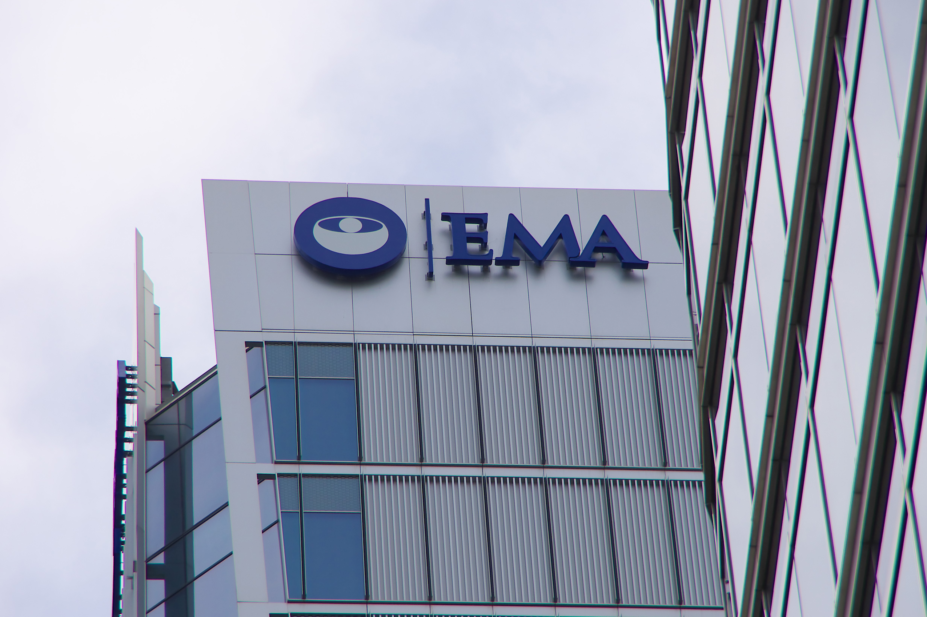
Shutterstock.com
The European Medicines Agency (EMA) has recommended two marketing authorisations for chimeric antigen receptor T-cell (CAR-T) medicines in the EU for the first time.
Tisagenlecleucel (Kymriah; Novartis) and axicabtagene ciloleucel (Yescarta; Kite Pharma) are advanced therapies for blood cancer. They belong to a new generation of personalised cancer immunotherapies that involve engineering a patient’s own immune cells to target their cancer.
The two CAR-T medicines are the first to be supported through the EMA’s priority medicines (PRIME) scheme to receive positive opinions from the Committee for Medicinal Products for Human Use (CHMP). The scheme, which is voluntary, aims to provide early support for medicines that have the potential to address unmet medical need.
Tisagenlecleucel is indicated for the treatment of paediatric and young adult patients with B-cell acute lymphoblastic leukaemia that is refractory or in second or later relapse, and in adult patients with relapsed or refractory diffuse large B-cell lymphoma (DLBCL) after two or more lines of systemic therapy.
Axicabtagene ciloleucel is indicated for the treatment of adult patients with relapsed or refractory DLBCL and primary mediastinal large B-cell lymphoma, after two or more lines of systemic therapy.
“Innovative treatments such as CAR-T cells have potential to change the outlook for patients with cancer, but they also come with new scientific and regulatory challenges,” said Tomas Salmonson, chair of the CHMP.
“We have used a wide range of tools — scientific advice, a specific workshop on patient registries for CAR-T cells, PRIME, to name just a few, to enable us to define the methods to tightly monitor the benefit-risk profile of these medicines and manage their risks once they are on the market, so that patients can benefit from these innovative treatments.”


